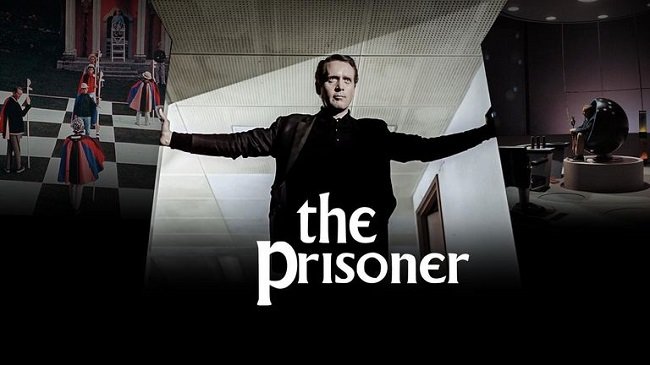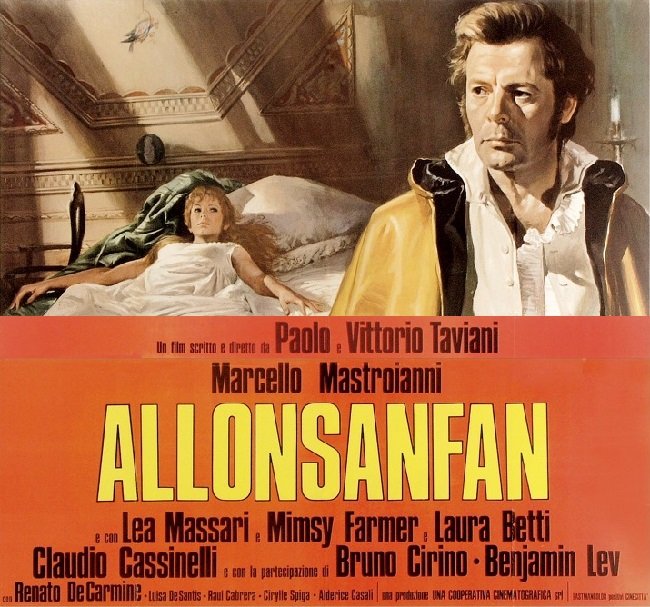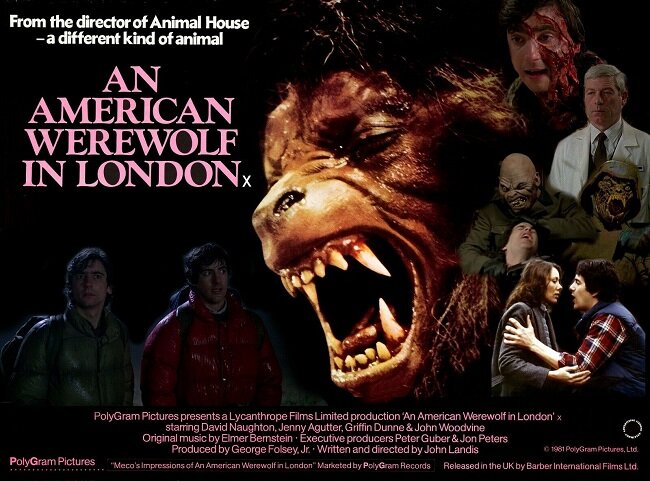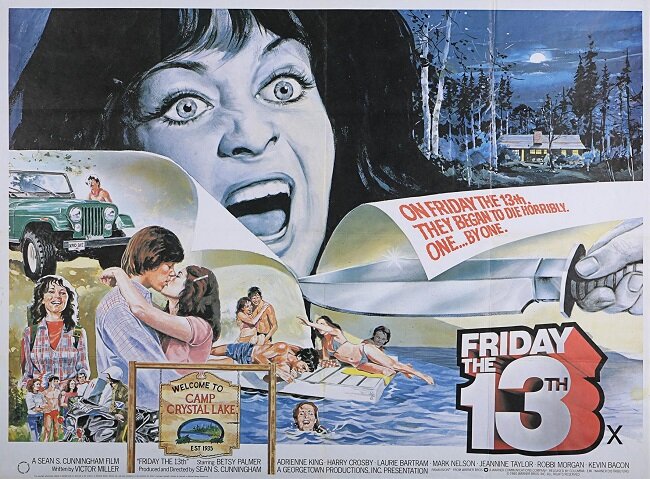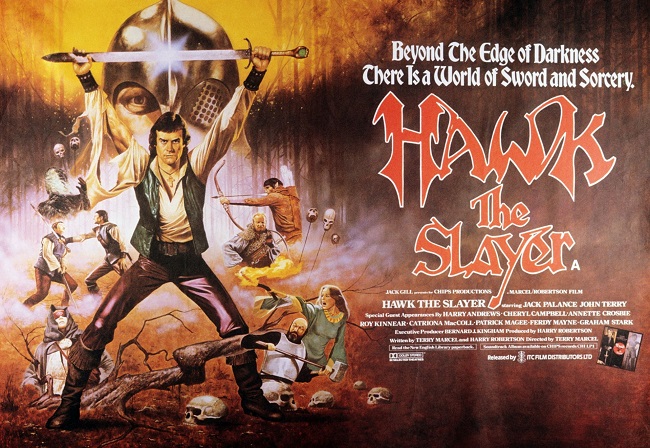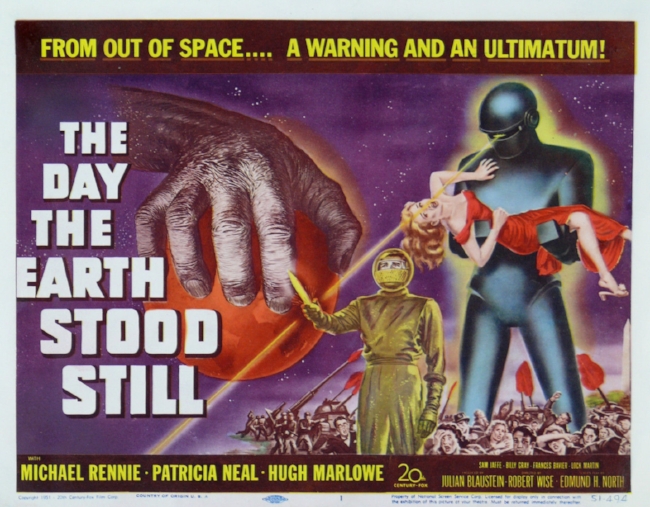Classic Movie Themes: The Pink Panther
If you mention The Pink Panther (1963) I’d hazard a guess that most people will instantly think of Inspector Clouseau (and possibly throw in a quote in faux French about “Minkeys”) or hum or whistle the iconic theme tune. It’s blend of cool sixties Jazz and Lounge is both classy and evocative. Henry Mancini’s contribution to the Pink Panther franchise is commensurate to that of Peter Sellers and Blake Edwards. If you removed his musical scores from any of the films they would be greatly diminished. In fact one can argue that the movies made in the eighties after Sellers’ death are greatly bolstered by Mancini’s intelligent and accomplished musical accompaniment. The franchise may have run out of steam but Mancini never did so.
The Pink Panther theme, composed in the key of E minor, is unusual in Mancini's body of work due to its extensive use of chromaticism. In his autobiography Did They Mention the Music? Mancini talked about how he composed the theme music. “I told [the animators] that I would give them a tempo they could animate to, so that any time there were striking motions, someone getting hit, I could score to it.They finished the sequence and I looked at it. All the accents in the music were timed to actions on the screen. I had a specific saxophone player in mind; Plas Johnson. I nearly always precast my players and write for them and around them and Plas had the sound and the style I wanted”.
A Shot in the Dark (1964), like most other movies in the series, featured animated opening titles produced by DePatie-Freleng Enterprises. However, it did not use the iconic Pink Panther theme as an accompaniment on this occasion. Instead Henry Mancini wrote a new musical cue to reflect the fact that Inspector Clouseau was now the main focus of the film. It is a smooth big band piece with a period beatnik vibe. The film blends wordplay with physical comedy and in many ways is the most sophisticated and accomplished of the series. Mancini’s faux ambient Parisian music adds greatly to the atmosphere.
By the time The Pink Panther Strikes Again arrived in cinemas in 1976, director Blake Edwards had moved the focus of the films from straight forward slapstick and Clouseau’s verbal idiosyncrasies to elaborate comedy set pieces featuring destruction and mayhem. The Inspector’s fight with Cato satirises the martial arts trend in movies of the time and the editing style of Sam Peckinpah. The film also features a beautifully simple and low key theme specifically for Clouseau. It plays over a three minute sequence in which the Inspector tries to cross a moat and enter a castle. It underpins Seller’s pratfalls superbly, highlighting the difficulty of scoring comedy successfully. Something Mancini achieve’s here, effortlessly.
